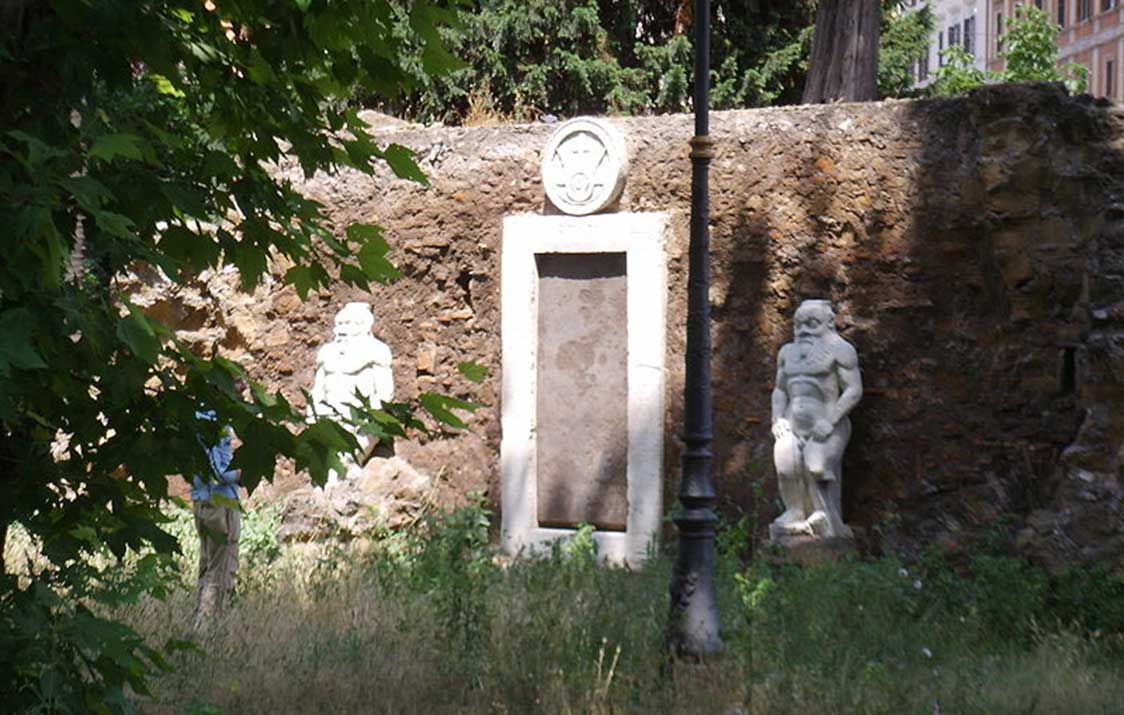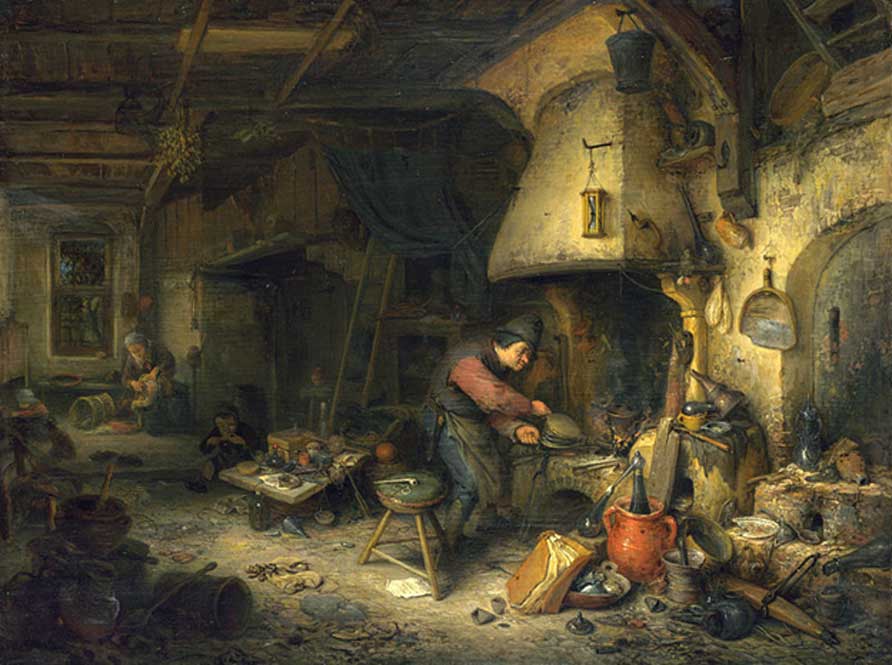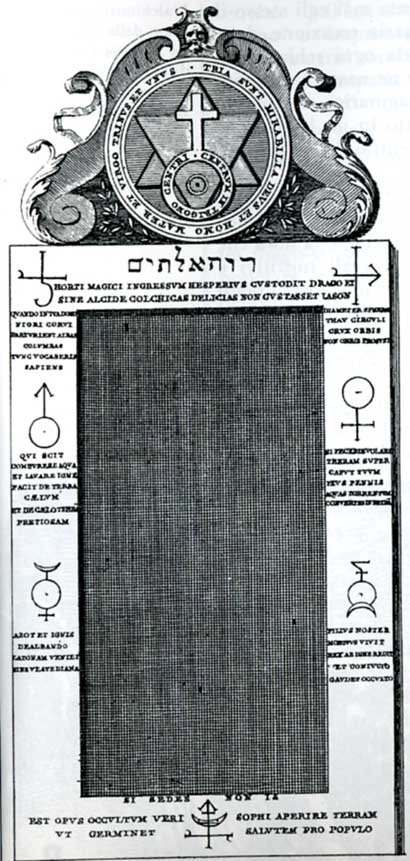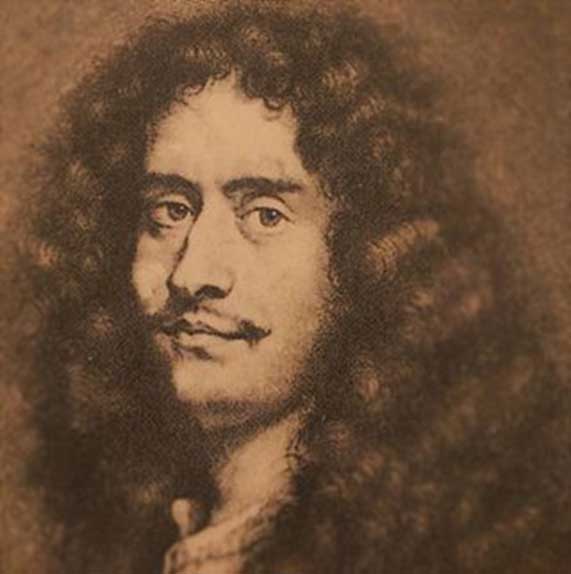
Entering the 17th Century Argonautic Alchemical Portal
Every proper myth and legend features a door, gateway or mirror acting as portals to other dimensions of reality. In modern mythology this component features as children venturing to ‘Narnia’ through a cupboard and Alice entering the rabbit hole to ‘Wonderland’. Historian Ashley Cowie investigates a real gateway in Italy that leads anyone who dares to interpret it, to other times and spaces, a door so exceptional that historical accounts hint of alchemists vanishing through it, never to be seen again. Built at about 1680, as one of five entrances to the villa of Roman nobleman Massimiliano Palombara, the Porta Alchemica or ‘Alchemical Door’ is located on the Esquiline Hill, near Piazza Vittorio, Rome.

The Alchemist by Adriaen van Ostade (1661) (Public Domain)
Palombara, was said to have been fascinated with esoteric sciences and having great wealth and social stature, he employed several alchemists, kept company and shared conceptual ideas with the famous astronomer Domenico Cassini; the Swedish queen Christina, resident in Rome after having abdicated; and not to mention the renowned alchemical scholar, Father Athanasius Kircher. Before interpreting the alchemical symbolism of the Porta Alchemica, it is necessary to look into the background of the two myths associated with the creation of this mysterious portal to alchemical dimensions.

Illustration of Alchemical Door from Henry Carrington Bolton’s "The Porta Magica, Rome," (The Journal of the American Folklore Society 1894) (Public Domain)
The Myths
In 1802, scholar Francesco Cancellieri published his interpretation of the inscriptions and claimed that the famous 17th century alchemist, Giuseppe Francesco Borri, disguised as a pilgrim, stayed overnight at Palombara’s villa. Allegedly, Borri searched the villa’s gardens all night in search of a ‘mysterious herb capable of concocting gold’ and the next day he disappeared through the door forever, leaving behind only ‘a few flakes of gold’ to mark his ‘successful alchemical transmutation’. Borri was said to have left behind a mysterious paper ‘full of symbols and equations’, describing the ingredients and process required to make the Philosopher’s Stone, and Palombara engraved these symbols on the five gates and on the walls of his villa so that one day they might be translated.

Giuseppe Francesco Borri was symbolically burned on the Campo di Fiore in Rome in 1661 as a “heretic who proclaimed messianic views.” (Public Domain)
The second myth recants that the nobleman Palombara developed a passion for alchemy in 1656 and was a member of the Rosicrucian order. The gate was said to have been built to memorialize an alleged ‘successful alchemical transmutation’ that occurred in the Riario Palace. It was rumored that the three alchemists involved; Palombara, Bernini and Kircher, were all poisoned by Borri on 28 November 1680, for having revealed the secret formulas of alchemy through the inscriptions on the gate.





